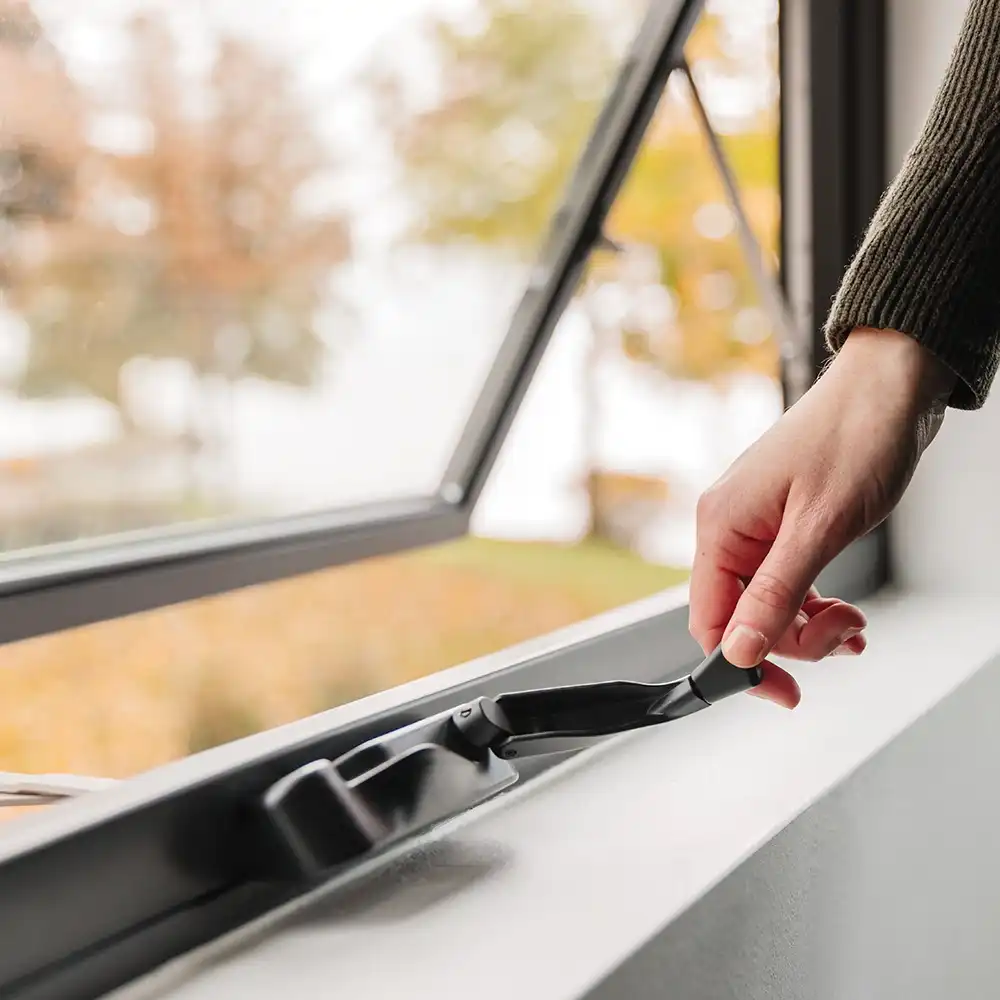
14 March 2024
Home Air Circulation Tips + Tricks with Windows
Air circulation in your home does several important things. Air circulating around your home helps remove air pollutants and foul smells. Proper air circulation in a room can also aid humidity levels. Learn some tricks and tips on how to improve air circulation in a room with your windows.
Benefits of Improved Air Circulation
Fresh air at home feels invigorating and brings in the sweet outside scents of flowers. Fresh air helps ventilate your home and improve your indoor air quality. Improved air circulation can have several benefits for the air quality for your home including:
Best Windows to Improve Air Circulation
If your windows are hard to open or won't stay open on their own, it’s time for replacement windows. Catching a breeze isn’t only refreshing, it can also help with air circulation and air quality. Marvin Replacement has many window options to bring a stream of fresh air into your home.
Windows that Can Bring in the Most Fresh Air
Each type of window ventilates a room in a different way. Double hung windows can usher out hot air. Casement windows can capture side breezes. Slider windows allow you to control how much fresh air you want to let into your home. Bay and bow windows offer wide views and ventilation with operable flanking windows. Here are some of the best windows to bring in fresh air.
Double Hung Windows
Double Hung windows provide good ventilation because both sash can move up and down. Lower the top sash to allow hot air to escape and raise the lower sash to allow cool air into the home.
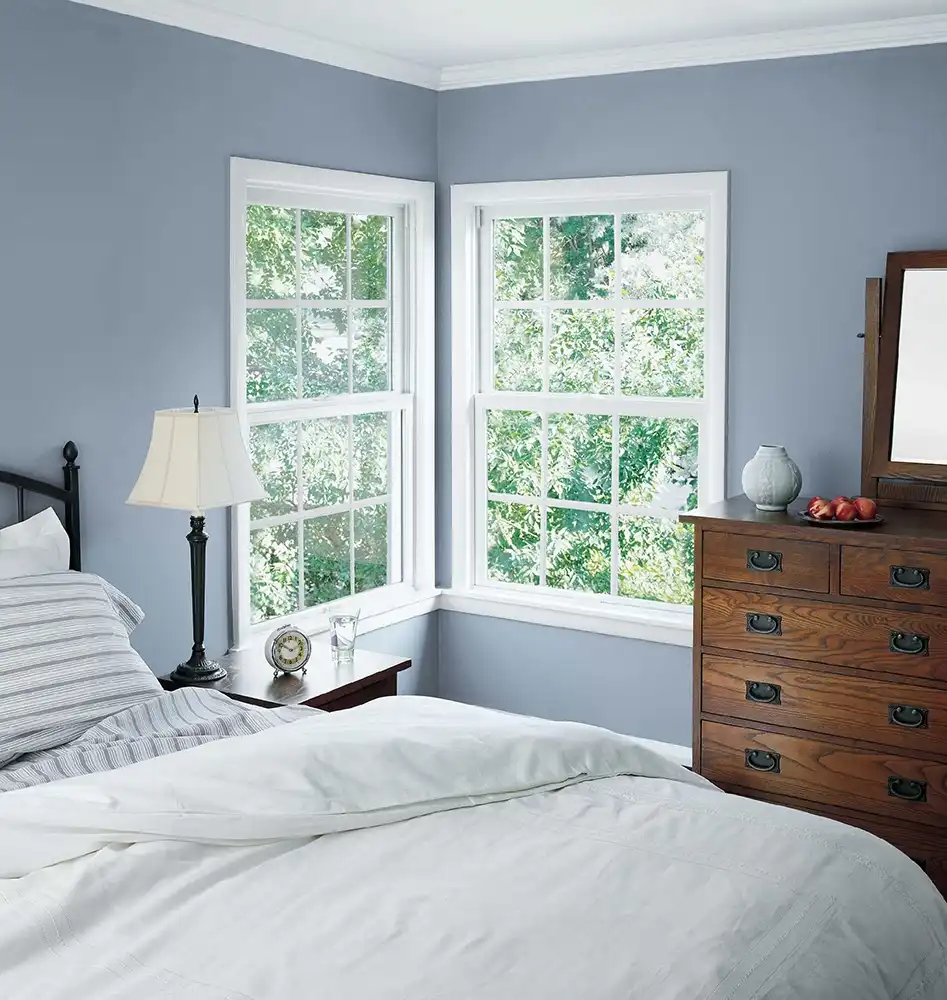
Casement Windows
Casement windows pivot on the left or the right side, opening the length of the window. Casement windows fit in hard-to-reach spots with a crank handle that extends out so you can open and close it.
Casement windows don’t have overlapping sash, like double hung windows. They maximize the amount of fresh air that can enter a home.
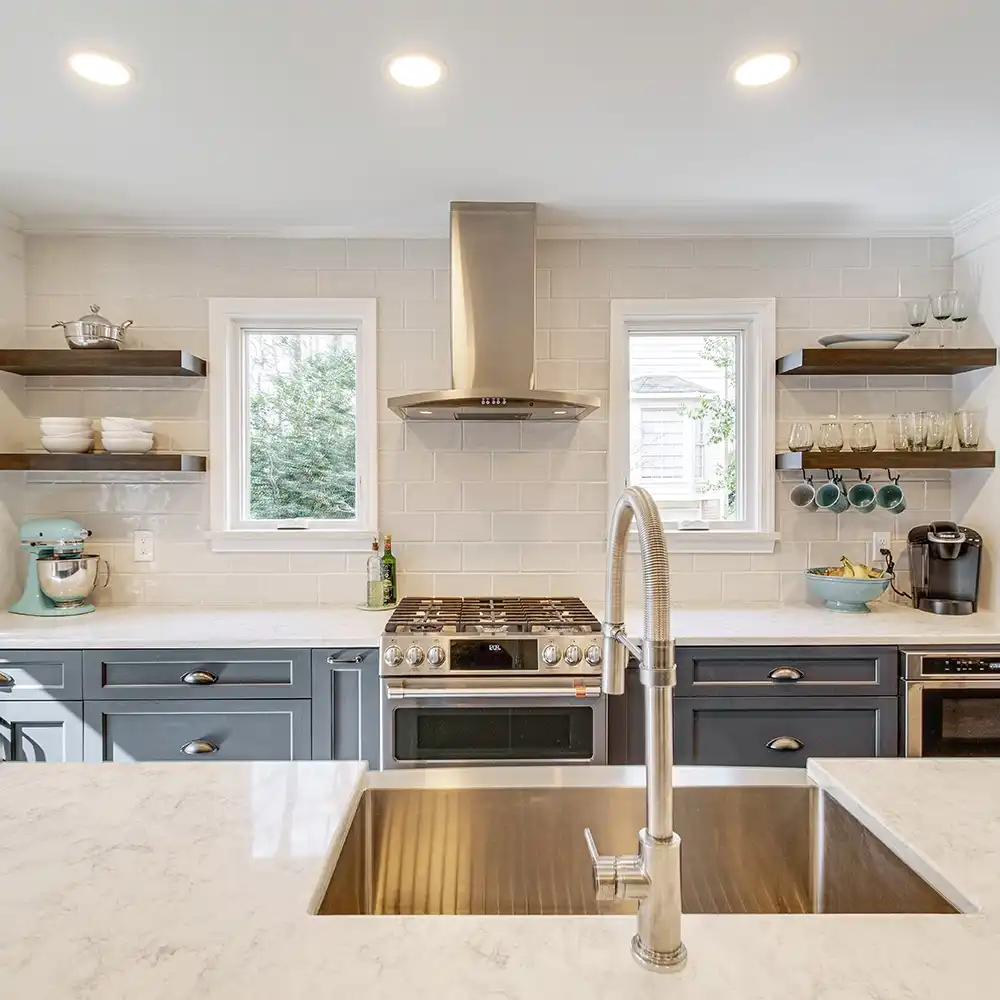
Slider Windows
Slider windows share many of the same benefits as casement windows. Marvin Replacement has custom slider configurations, like our triple sash slider window. A slider triple sash window has a picture window in the middle for expanded viewing.
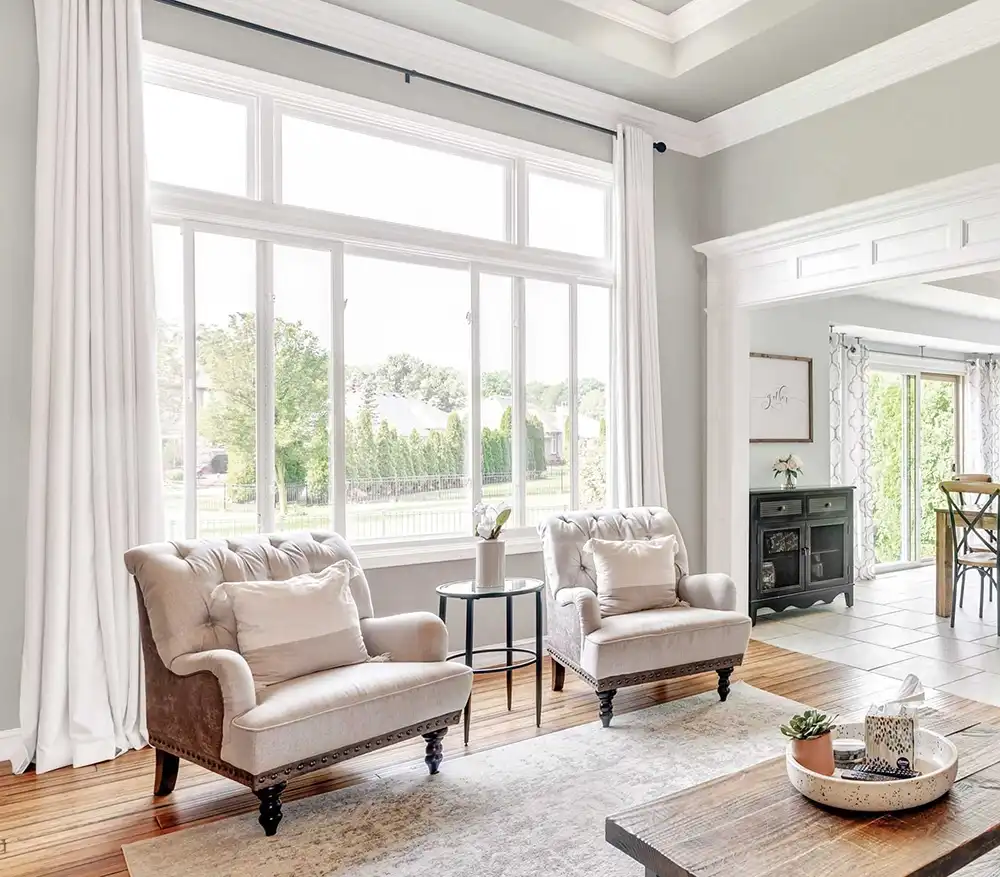
Awning Windows
Awning windows can stay open to let fresh air into a home when other windows can't, like during light rains. Like casement windows, awning windows open and close with an easy crank of the handle.

Bay and Bow Windows
Bay and bow windows provide panoramic views. They can also help with air circulation with flanking windows that open and close. Our bay windows can use casement or double hung windows in 30° or 45° configurations. They also have operable casement or double hung windows at each end. You can also choose to have an operating center window to increase airflow.
Choose from four, five, or six casement windows, with operable flanking windows to maximize airflow.

How Long to Open Windows for Fresh Air?
Do you know how long does it take to ventilate a room? Experts say open your windows for at least five minutes a day for fresh air. Others will say open your windows for 15 to 20 minutes to ventilate a room. It’s important to open your windows throughout the year to improve indoor air quality. Opening them for short periods of time can reduce humidity and remove stagnant air.
How to Circulate Air in a Room
When you open windows for fresh air you begin circulating air. As air circulates, it starts to reduce indoor air pollutants. Air circulation also helps control the temperature in a room and reduce humidity. Knowing how to ventilate a room improves indoor air quality.
How to Improve Air Circulation in a Room
Windows are one tool to use to improve your home’s ventilation. Windows, when combined with other tools like fans, air filters, air cleaners, and exhaust fans, can impact home air quality, according to the Environmental Protection Agency.
Fans
A ceiling fan helps circulate air in your home and work as an energy efficient option. A ceiling fan should rotate in a counterclockwise direction in summer months. It will push breezes downward to make a room feel cooler. It creates a “wind chill” effect.
A ceiling fan spinning clockwise in the winter can make a room comfortable. Spinning in that direction will push warm air that has risen toward the ceiling downward. It will also move cold air toward the ceiling. Running the fan at its lowest speed works best.
Use Exhaust Fans
Your kitchen and bathroom exhaust fans move air outdoors to improve air quality. If you run them while you have guests over and for an hour after they leave, you can help remove virus particles, according to the CDC.
How to Circulate Hot Air
Ventilating a room will help circulate hot air. A ceiling fan rotating either clockwise or counterclockwise circulates hot air. You can also create a cross ventilation to circulate hot air. Fresh air enters your home through one set of windows and exits through another set of windows on the opposite side. Box fans can help send hot air outside when it faces outward. A box fan can also help cool a home when it faces toward the inside of the home and pulls in cooler air from the outside.
Back to All Articles
You May Also Like

Types of Kitchen Windows to Consider for Your Home
Casement and awning windows often appear in kitchens but you can choose other styles, too. Browse different types of kitchen windows for your home.
Types of Kitchen Windows
Bathroom Window Ideas
If you're considering replacing your bathroom windows or just looking for some bathroom window ideas, learn more about bathroom window options and styles.
Best Bathroom Windows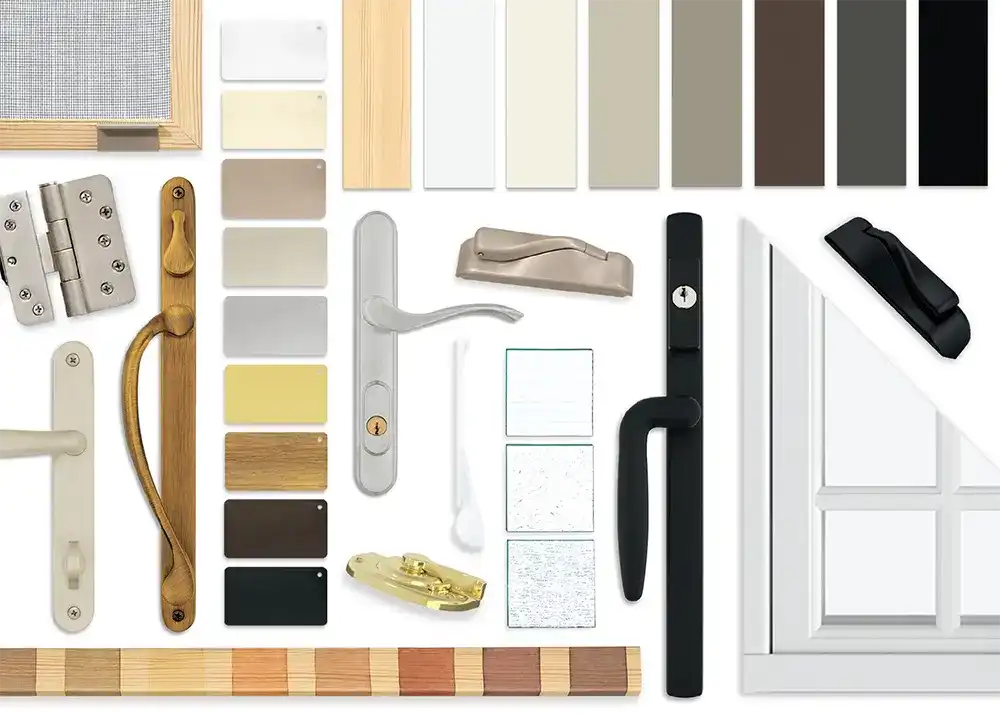
Window Features + Options
Discover the different design and feature options for your windows. View our window color options, hardware styles, and screen choices.
Window Features + Options